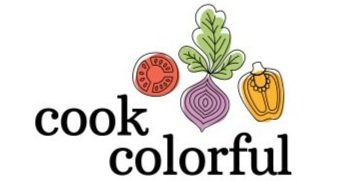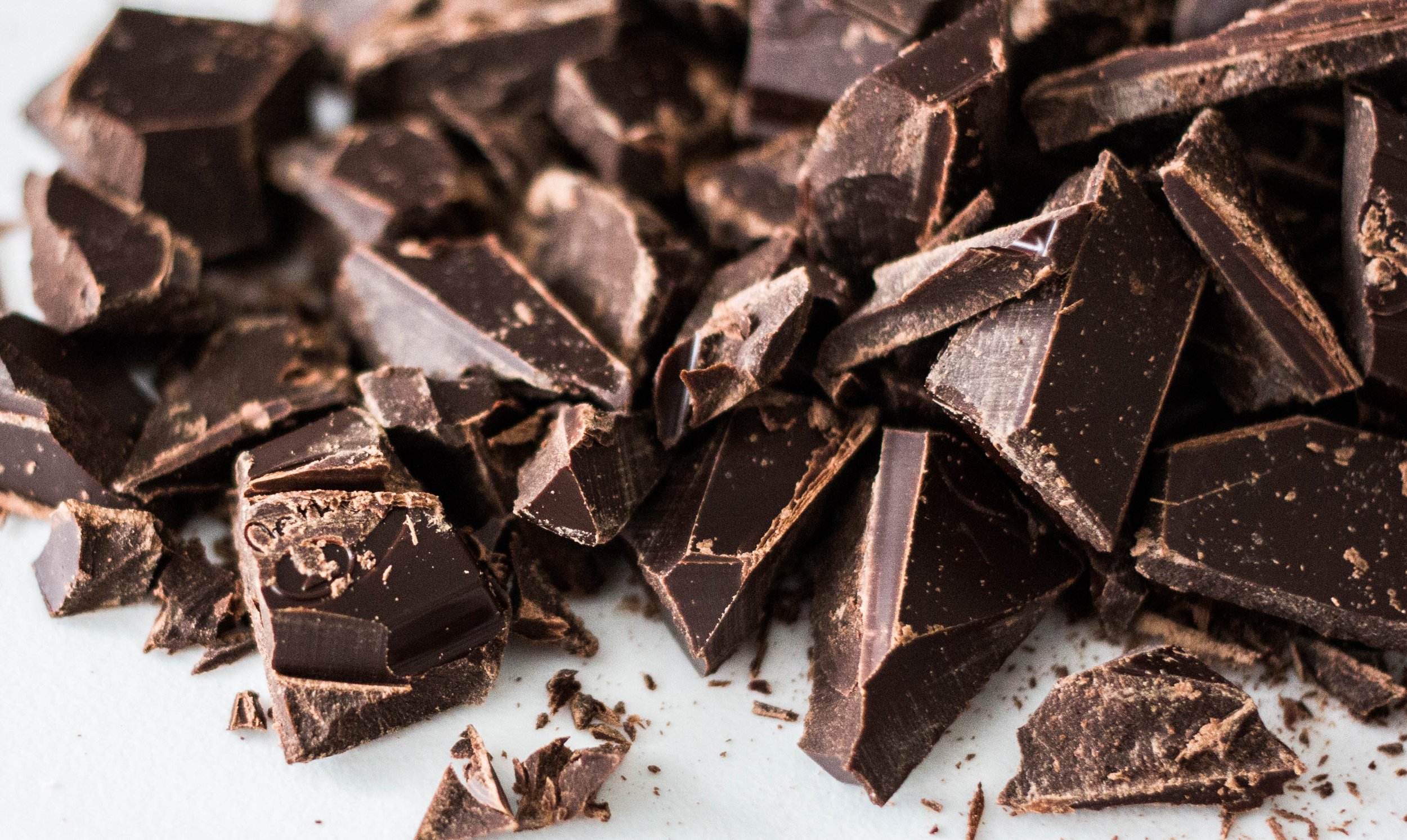Chocolate - How to do it right!
Photo by Charisse Kenion on Unsplash
It’s a day that ends in “Y” and I’m thinking chocolate! I have always loved chocolate and I always will. Thankfully, in studying nutrition, I have learned that done right, it can be a healthy and nutrient dense addition to a diet.
Chocolate is produced from the beans of the cocoa tree and trace back to the Mayans. They can only grow to full fruit in certain areas of the world, namely near the equator, and even then, only a very small percentage actually will. Once harvested, the beans need to be cleaned, sorted, roasted, cooled, outer shell removed and then the nibs are mashed into a paste which will become chocolate liquids, cocoa powder and cocoa butter. The chocolate liquids will go on to become unsweetened chocolate. The cocoa butter is what is used to make the chocolate that we know and love.
Despite the term cocoa “butter”, there are no dairy products in cocoa butter. Milk is, however, frequently added in the production of chocolate. It is always added to milk chocolate, and to a lesser degree, bittersweet and dark. Lecithin, an emulsifier is also sometimes added to cut costs and improve smoothness. The problem with this is that it is a byproduct of soybean oil so it is generally genetically modified and some people are allergic to it.
The health benefits of chocolate, most notably dark chocolate, are well documented in the medical literature. According to the Harvard school of public health, “dark chocolate is rich in iron, copper, magnesium, zinc, phosphorus and flavanols”. Flavanols are potent antioxidants which help protect plants and animals from environmental toxins and help repair cell damage. An article from the Cleveland Clinic states “In addition to having antioxidant qualities, research shows that flavanols have other potential influences on vascular health, such as lowering blood pressure, improving blood flow to the brain and heart, and making blood platelets less sticky and able to clot.”
Here are the important things to know when shopping for chocolate.
Dutch Cocoa is treated with alkali in order to mellow the bitterness. However, this also greatly reduces the flavanols. Natural cocoa retains the most.
Artisanal chocolates are typically less processed and will therefore also retain more flavanols.
The higher the percentage of cocoa in your chocolate, the more nutrient dense it will be as well as lower in sugar. Look for 70% cocoa or greater.
Action Items for Chronically Great Health!
Choose the darkest chocolate that you find tasty, preferably fair trade so that you know it is ethically produced.
Despite all of the health benefits, chocolate should be eaten in moderation to avoid excess sugar and saturated fat. 1 oz. every few days is a healthy amount.
Avoid additions to your chocolate like marshmallow and caramel as these will dramatically increase the sugar.
Be mindful when you eat chocolate. Put a square in your mouth, let it melt slowly and savor the flavor. This will allow you to get the most health benefits with the most satisfaction.
Don’t forget to eat other flavanol rich foods like apples, cranberries, red wine, tea and onions.

